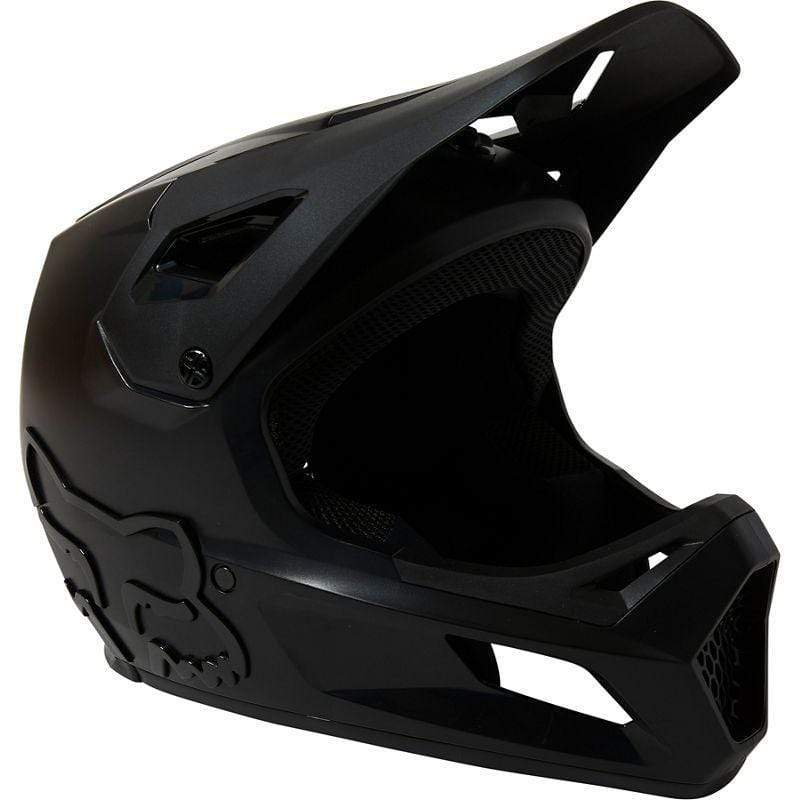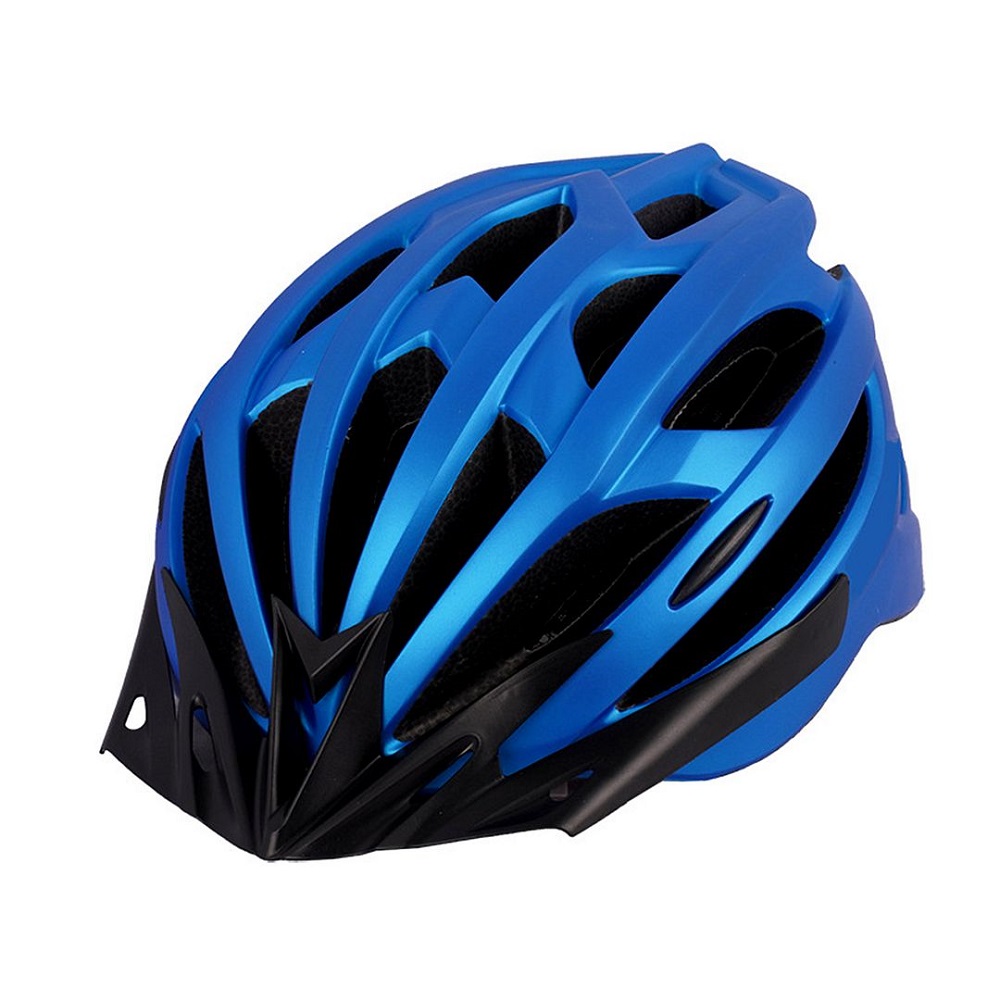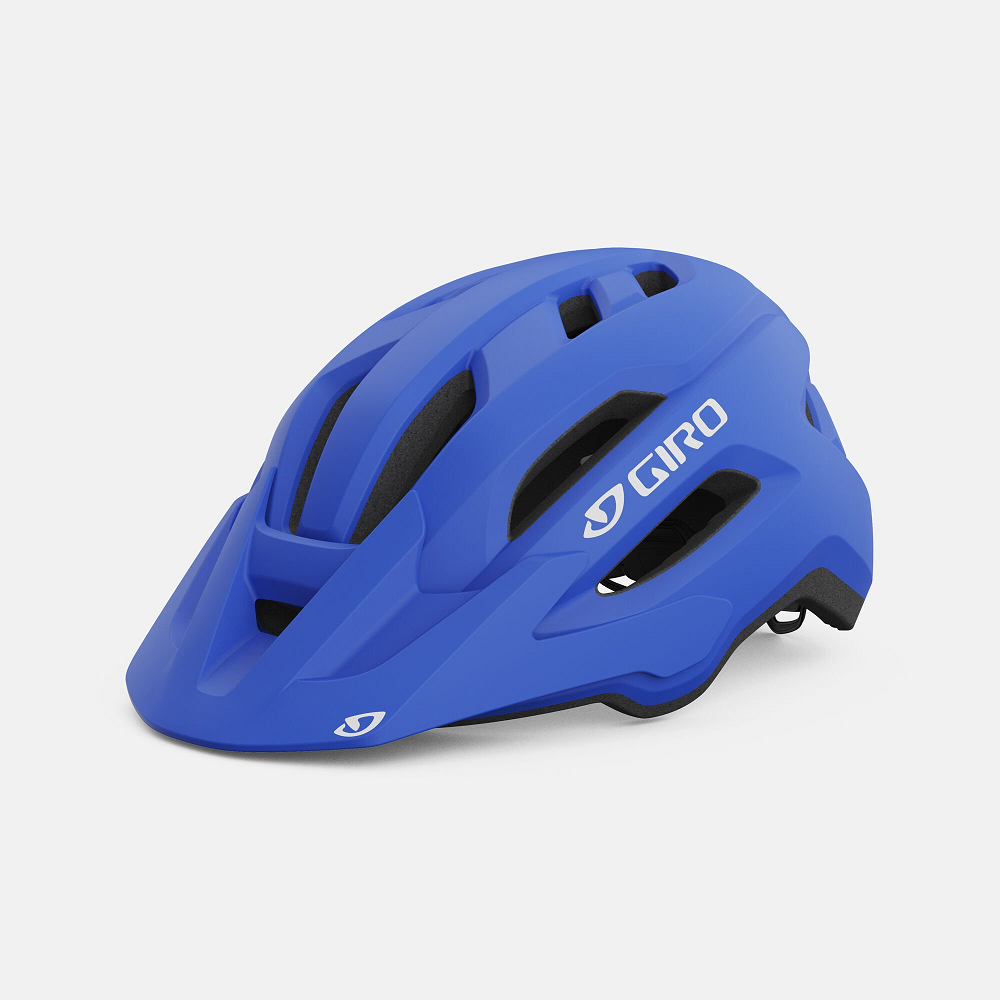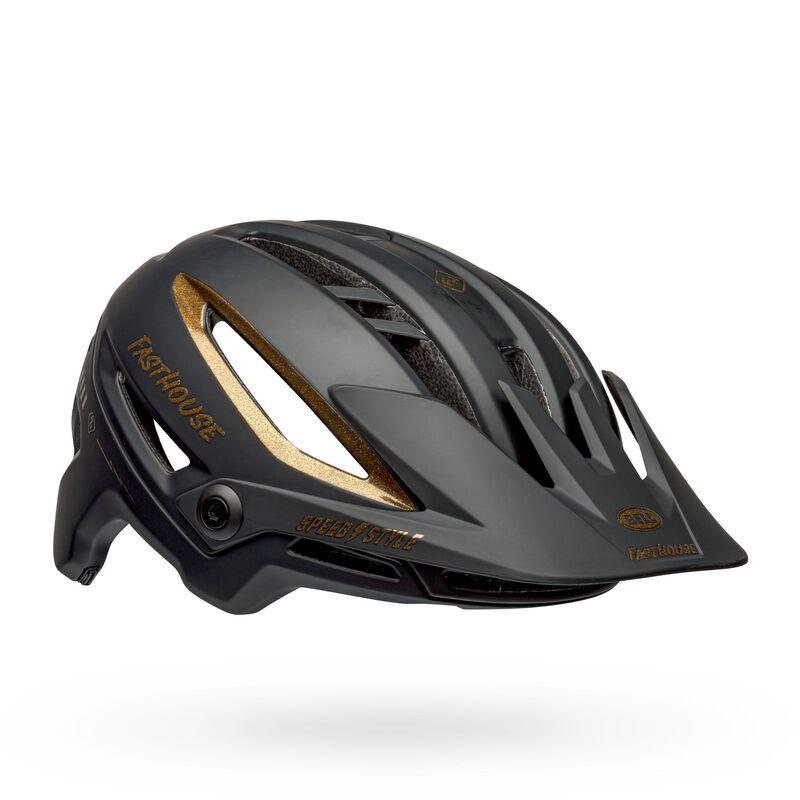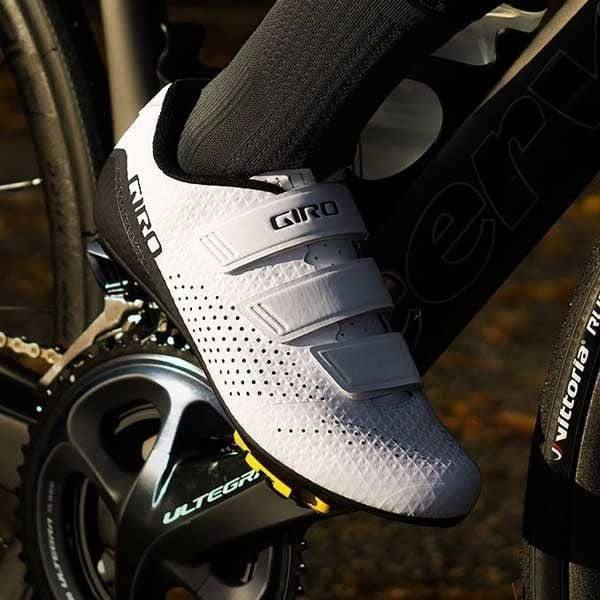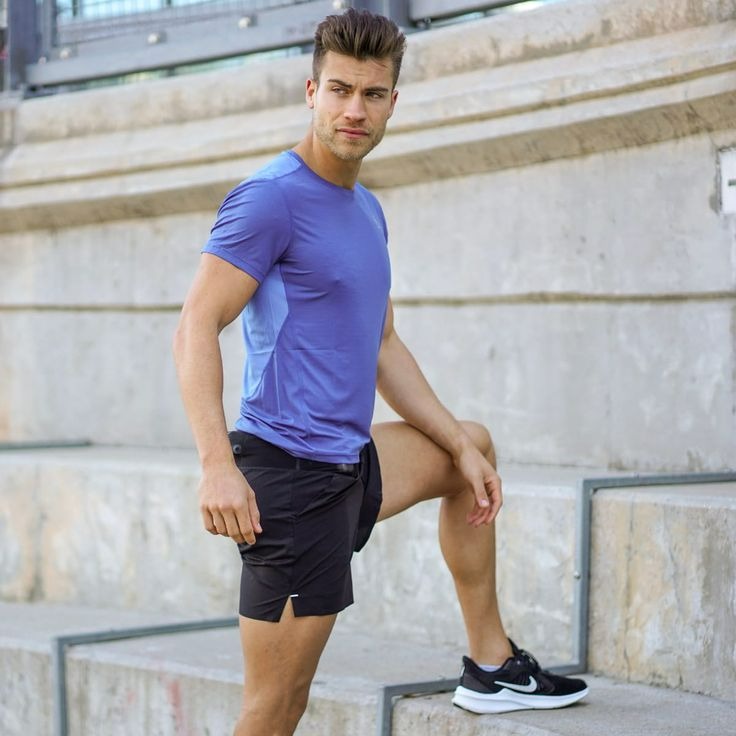Mountain biking is becoming a popular outdoor activity. Riders seek adventures and new trails. Amid the thrill, safety remains crucial. A mountain bike helmet is necessary for every rider. In this article, we explore mountain bike helmets comprehensively. We discuss types, features, and benefits of using them. We also offer tips on choosing the right helmet. By the end, you will understand the importance of a mountain bike helmet.
Types of Mountain Bike Helmets
When choosing a mountain bike helmet, there are several types. Each type has a specific purpose. Understanding the differences helps you make the best choice.
Cross-Country (XC) Helmets
Cross-country helmets are lightweight. These helmets focus on ventilation. Favorable for long-distance riders, they prioritize comfort. They might not have the maximum protection. However, their performance off-road is excellent. Many XC helmets have a streamlined design. They often feature plenty of air vents. Riders generally prefer them for less technical trails.
Trail Helmets
Trail helmets are versatile. These helmets offer a balance of protection and ventilation. Suitable for most mountain biking disciplines, they are a favorite. They provide additional coverage than XC helmets. This feature makes them safer. Trail helmets often come with adjustable visors. The visors protect riders from the elements. They’re perfect for varied terrains and conditions.
Enduro Helmets
Enduro helmets offer more protection. These helmets cater to aggressive riders. They provide significant coverage around the head. Often, they include a lower portion around the back. Some models come with detachable chin guards. This feature allows flexibility. Riders can switch between full-face and open-face. Enduro helmets are slightly heavier. However, their robustness makes them invaluable.
Downhill (DH) Helmets
Downhill helmets prioritize safety above all. These helmets resemble those used in motocross. Offering extensive coverage, they cover most of the face and head. They are bulkier than other types. Downhill helmets often incorporate a chin bar. This design ensures maximum protection during high-speed descents. Impact absorption is critical in DH helmets. Many feature advanced technologies. The aim is to reduce concussion risks.
Features to Look for in Mountain Bike Helmets
Choosing a mountain bike helmet involves assessing various features. These features affect performance and safety. Knowing what to look for can help.
Fit and Comfort
A helmet must fit correctly. An ill-fitting helmet is dangerous. Look for adjustable straps and retention systems. Some helmets come with pads of different sizes. Try different combinations to ensure a snug fit. The helmet should be comfortable. You might wear it for extended periods.
Ventilation
Proper ventilation is essential. It helps to keep your head cool during rides. Look for helmets with multiple air vents. Ventilated helmets prevent overheating. This feature can be vital during strenuous rides.
Weight
Weight matters when choosing a helmet. Lightweight helmets are less tiring. Often, lighter helmets do not compromise on protection. Align weight preference with your riding style.
Safety Certifications
Safety certifications are critical. Look for helmets that meet safety standards. Common certifications include CPSC, ASTM, and EN. These certifications ensure the helmet has passed rigorous tests. Prioritize safety standards in your selection process.
Technology and Materials
Modern helmets come with advanced technologies. Concepts like MIPS (Multi-directional Impact Protection System) are notable. MIPS aims to reduce rotational forces during impacts. The material used is also important. Materials like polycarbonate and expanded polystyrene (EPS) foam are common. Research these technologies and materials before choosing.
Additional Features
Other features can enhance utility. Some helmets come with mounts for cameras or lights. Such features can be beneficial. Adjustable visors offer additional protections too. These small features can significantly improve your ride.
Benefits of Wearing a Mountain Bike Helmet
A helmet is more than protective gear. It offers several benefits. Let’s explore these advantages.
Protection from Injuries
The primary role of a helmet is protection. Mountain biking involves risks. A helmet protects against head injuries. These injuries can be life-threatening. Wearing a helmet reduces the risk significantly. Modern helmets offer superior impact absorption. This feature can save your life.
Confidence Boost
Wearing a helmet can boost your confidence. When you know you are protected, you ride better. It alleviates some fear. Confidence helps you focus on your performance.
Legal Requirements
In many areas, wearing helmets is law. Failing to wear a helmet can result in fines. It is vital to comply with local regulations. A helmet keeps you on the right side of the law.
Improved Visibility
Many helmets come with bright colors and reflective elements. These features improve visibility. Other riders and motorists can spot you easily. Improved visibility enhances overall safety.
Climate Protection
A helmet can shield you from the elements. Helmets with visors protect your eyes from the sun. They also help during rain. In colder climates, a helmet retains heat.
How to Choose the Right Helmet
Choosing the right helmet is crucial. Various factors influence this decision. Here are some tips to help you choose correctly.
Determine Your Riding Style
Your riding style affects helmet choice. For cross-country riding, choose an XC helmet. For aggressive styles, consider an enduro or DH helmet. Match the helmet type with your primary riding style.
Measure Your Head
Knowing your head size is essential. Use a tape measure to determine the circumference. Ensure you measure above your eyebrows. Most helmets come in different sizes. Refer to sizing charts for accuracy.
Try Before You Buy
If possible, try the helmet on. Ensure it fits snugly without being uncomfortable. Adjust the straps and retention system. A helmet should not shift when in use.
Check for Certifications
Ensure the helmet meets safety certifications. Look for labels indicating these certifications. A certified helmet offers better assurance.
Evaluate Ventilation and Weight
Assess how many vents the helmet has. Check the overall weight. Both factors contribute to comfort. Your helmet should not feel heavy. Ensure it allows adequate airflow.
Read Reviews and Seek Recommendations
Reading reviews can be informative. Other riders’ experiences provide insights. Seek recommendations from seasoned riders. They might have preferred brands or models. Reviews and recommendations help finalize your choice.
Maintaining Your Mountain Bike Helmet
Proper maintenance ensures longevity. A well-maintained helmet performs better. Here’s how you can care for your helmet.
Regular Inspection
Inspect your helmet regularly. Look for cracks or dents. Check the straps and buckles. Ensure nothing is worn out. Regular inspection helps you spot issues early.
Cleaning
Clean your helmet frequently. Use mild soap and warm water. Avoid strong chemicals. Strong chemicals can degrade materials. Let it air dry. Avoid direct sunlight or heat sources.
Storage
Store your helmet properly. Keep it in a cool, dry place. Avoid hanging it by the straps. Hanging can deform the straps. Use a helmet bag if possible.
Replacement
Replace your helmet after a significant impact. Even if it looks fine, internal damage might exist. Manufacturers also recommend replacing helmets every 3-5 years. Materials degrade over time.
Conclusion
Mountain biking is thrilling. However, safety remains paramount. A mountain bike helmet is essential for every rider. These helmets prevent severe injuries. They offer multiple benefits beyond protection. Choosing the right helmet requires understanding types and features. Proper maintenance extends the helmet’s lifespan. Always wear a helmet during rides. It can save your life.
By considering all these factors, you’re better equipped. You can make informed decisions about mountain bike helmets. Enjoy your rides, but prioritize safety. A well-chosen helmet contributes to a better, safer riding experience.
